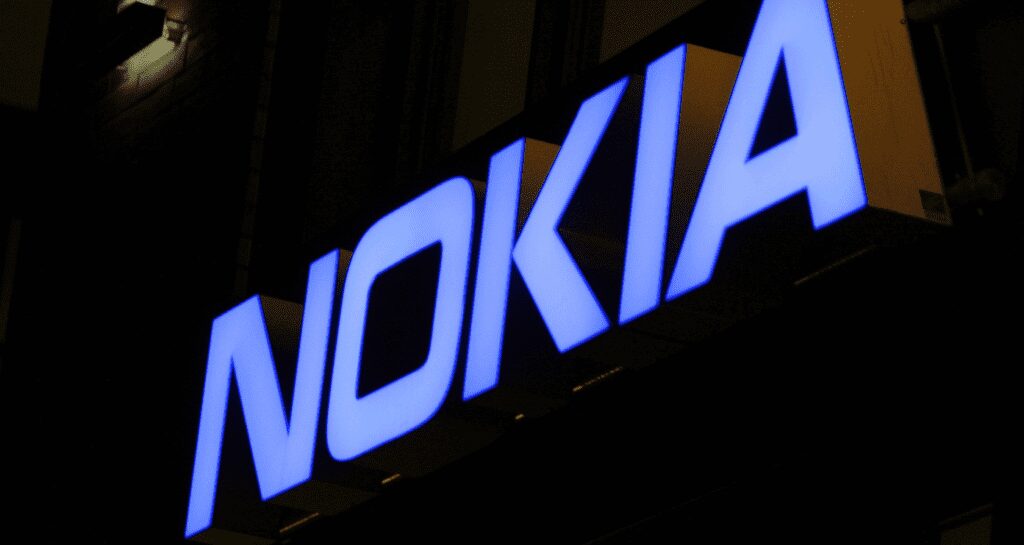Nokia demo at 5G World showcases industrial automation applications of 5G
To some extent, the industrial and consumer “internet of things” is viewed as the killer app that “5G” will fully enable. During the 5G World event in London, Nokia was on hand to demonstrate the difference between 4G and 5G when it comes to industrial automation.
When you watch the demonstration, note that the sensors, actuators and attendant software working to balance the ball are using a 4G connection up until around the 22-second mark. After that, the same setup is run over a 5G connection.
According to Nokia, the demonstration used:
- A new radio air interface with novel frame structure, channel coding and significantly reduced Transmission Time Interval (0.2 ms) for ultra-low latency communication;
- A software-defined programmable core network allowing dynamic configuration of the network; and
- Mobile edge computing with controlling functions placed in the edge cloud for faster processing.
Nokia reps described potential use cases: “A set of robots may need to self-assemble to form a new/dynamically reconfigurable assembly line. Drones and road vehicles may need to communicate with millisecond latency to allow optimal movement and collision avoidance. Using today’s wireless networks this is not possible as the minimum latency is on the order of 30 ms, and the bandwidth available is less than 100 Mbps. In contrast, 5G is being designed from the ground up to support massive scalability in bandwidth (up to 10 Gbps) and reduction in latency (to 1 ms).
“Closed-loop control applications in industrial automation will require virtual zero latency and high reliability to prevent equipment failure, production interruption, or even loss of life. 5G will provide this, meaning manufacturing industries will be better equipped to achieve their productivity targets through a unified, computing infrastructure instead of today’s fragmented industrial standards. This will allow continuous optimization and control of all robotic interactions, tasks and processes, minimizing errant behavior and errors as well as waste of resources (e.g. power, raw materials).”
